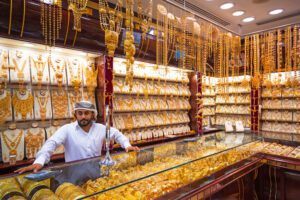After completing Umrah in Makkah, I continued my journey North to Madinah, the second-holiest city in Islam, located about 450 kilometres from Makkah. I wanted a smooth and comfortable trip, so I chose the Haramain High-Speed Train, one of Saudi Arabia’s most impressive modern transport systems. Boarding the train at the Rusaiyfah district station near Makkah, I was immediately struck by the spacious seating, clean interiors, and air-conditioned comfort—perfect after the busy days in the Haram al Maki.
Table of Contents
Journey time
The train journey took just over two hours, with one stop at Jeddah, and as we sped across the desert landscape, I watched the endless sands give way to small villages and clusters of palm trees. It was a quiet, reflective time, giving me a sense of anticipation for the spiritual and historical treasures awaiting me in Madinah. The train’s efficiency and comfort make it one of the best options for pilgrims and travellers alike.
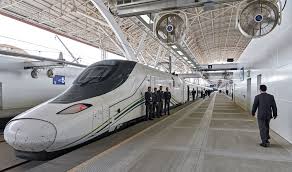
For those planning Makkah – Madinah trip differently, there are other ways to reach Madinah:
By Plane: Direct flights (Flynas, Saudia) from Jeddah to Prince Mohammad bin Abdul-Aziz International Airport take about an hour. This is a quick option, especially for travellers who prefer air travel. Many flights operate daily, and the airport offers taxis and shuttle buses to central Madinah.
By Bus or Car: Modern highways link Makkah and Madinah, with a journey of 4–5 hours by private car or taxi. Buses, especially from SAPTCO, are affordable and reliable, though they take longer than the train. Driving yourself is possible but requires preparation for desert conditions and occasional traffic during peak pilgrimage seasons.
Basic information about Madinah
- Second holiest city in Islam after Makkah.
- Prophet Muhammad (peace be upon him) migrated here in 622 AD (the Hijrah).
- Home to Al-Masjid An-Nabawi (the Prophet’s Mosque), where Prophet Muhammad (PBUH) is buried.
- A major destination for pilgrims after Hajj and Umrah.
- Located in western Saudi Arabia.
- Around 450 km North of Makkah.
- Surrounded by mountains and volcanic hills.
- Lies on a fertile plain with date palm groves.
- Around 1.5 to 2 million residents.
- During religious seasons, millions of visitors come to the city.
- Summers: very hot, above 40°C (104°F).
- Winters: cooler than Makkah, around 20–25°C (68–77°F).
- Rainfall is rare and usually short-lived.
- Contains the Prophet’s tomb under the Green Dome.
- Connected by high-speed train and roads to Makkah and Jeddah.
- Served by Prince Mohammed bin Abdul-Aziz International Airport.
- Surrounded by historic Islamic sites and battlefields (e.g. Uhud Mountain).
https://visitmadinahsa.com/sa-en
Madinah Al Munawarah
Arriving in Madinah, the first thing that struck me was the city’s peaceful atmosphere, which contrasts with the intensity of Makkah during Hajj or Umrah. With a population of around 1.5 million, Madinah is large enough to feel vibrant but retains a calm, reflective character. The city’s Islamic heritage is palpable in every street, building, and neighbourhood.
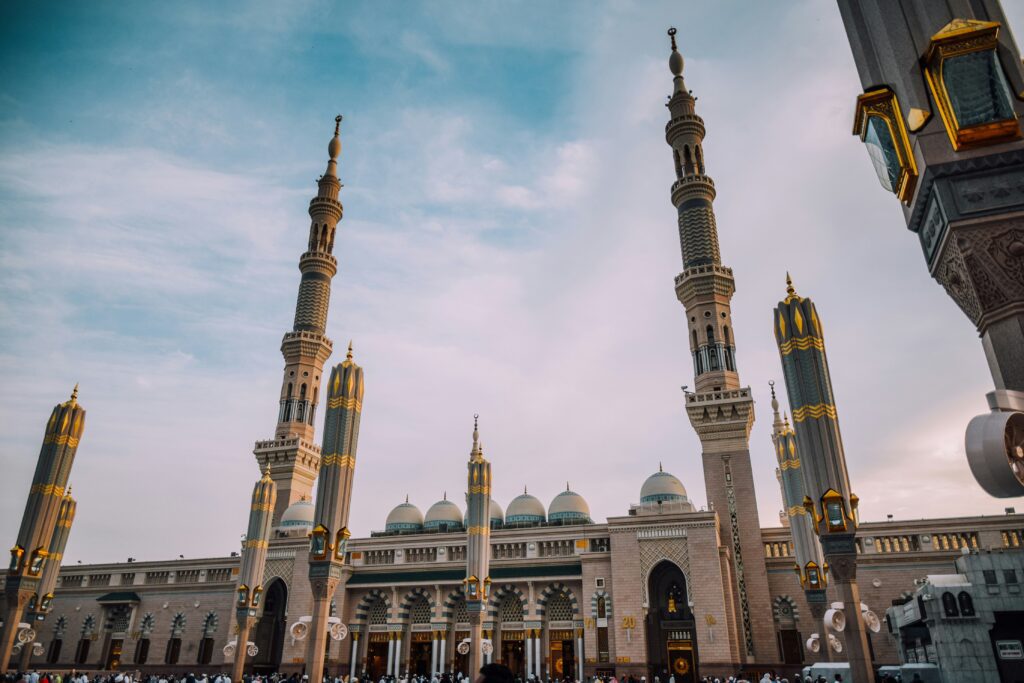
Popular Madinah hotels include Pullman Zamzam Madinah, Dar Al Taqwa Hotel, and many budget-friendly options around the mosque. I stayed near Al-Masjid an-Nabawi, the Prophet’s (PBUH) Mosque, which is both convenient and deeply inspiring. From my hotel, it was just a short walk to the mosque, allowing me to participate in prayers multiple times a day and witness the serene life of worshipers. Staying close to the mosque is highly recommended for first-time visitors, as it saves travel time and allows more time for reflection and worship.
Al-Masjid an-Nabawi
Visiting Al-Masjid an-Nabawi, the Prophet’s Mosque, was truly the highlight of my time in Madinah. As I approached the mosque, the first thing that struck me was its immense scale and serene beauty. The iconic green dome rises above the mosque, marking the resting place of the Prophet Muhammad (peace be upon him), and immediately evokes a sense of respect and peace. Entering the mosque, I was amazed by the vast prayer halls, adorned with elegant arches, chandeliers, and meticulously maintained courtyards.
I spent hours inside and around the mosque, absorbing the peaceful atmosphere, praying at the Rawdah, and connecting spiritually with the Prophet’s legacy. Seeing worshipers from around the world, all united in devotion, was truly humbling.
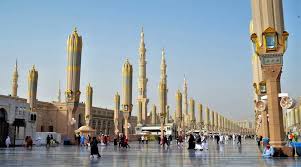
Rawdah
One of the most sacred areas inside is the Rawdah, located between the Prophet’s tomb and his podium. The Prophet described it as a “garden from the gardens of Paradise,” and standing there, I felt a profound spiritual connection. It was crowded, as pilgrims from all over the world gathered to pray and seek blessings, but the atmosphere was calm and respectful. I learned quickly that patience and calmness are essential when navigating this revered space. Spending time in the Rawdah, performing prayers, and silently reflecting on the life and teachings of the Prophet was deeply moving and unlike any experience I’ve had elsewhere.
Remember: access to the holy Rawdah area requires a permit, which is obtained through the Nusuk app.
Beyond the Rawdah, the mosque offers expansive courtyards with retractable umbrellas, which provide shade for worshippers during the day. At night, the mosque is illuminated beautifully, creating a tranquil environment that invites long, peaceful walks around the prayer areas. I often spent early mornings in the mosque, enjoying the quiet before the crowds arrived, and evenings observing the flow of pilgrims from around the globe—all united in devotion.
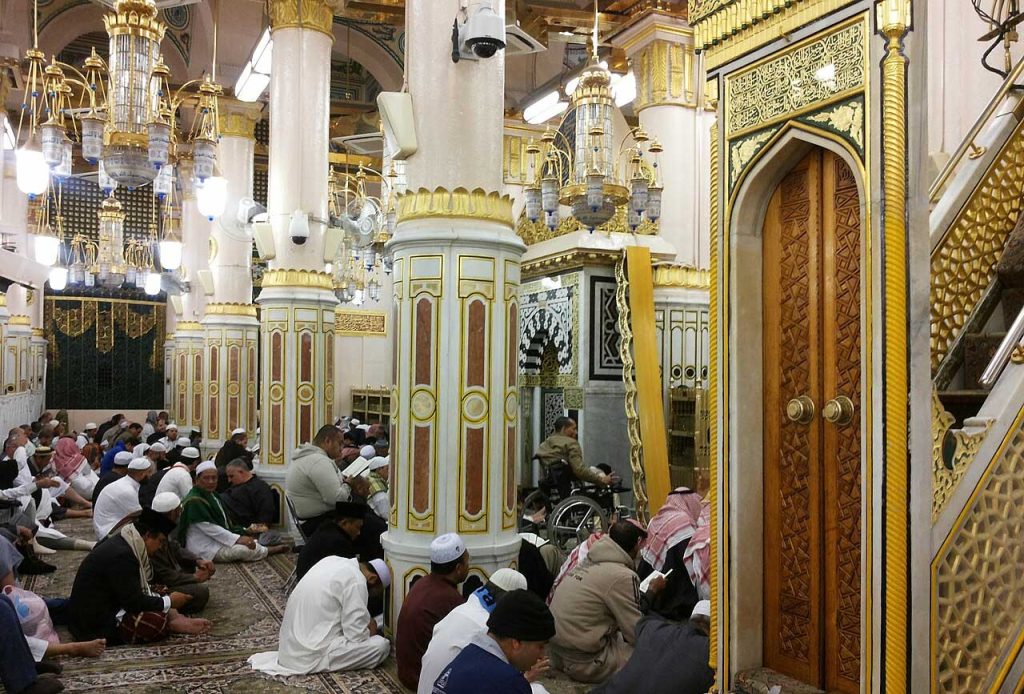
Quba Mosque
Madinah itself is full of historical and spiritual sites that enrich the journey beyond the mosque.
I started with the Quba Mosque, which holds the distinction of being the first mosque ever built in Islam. The Prophet Muhammad (peace be upon him) laid its foundation upon arriving in Madinah after the Hijrah. Walking through its serene courtyards, I felt the weight of history and the simplicity with which Islam first established its foundations. Many worshipers perform two units of prayer here, as it carry great spiritual reward.
Qiblatain Mosque
Next, I visited Masjid al-Qiblatayn, the Mosque of the Two Qiblahs. This mosque is famous for being the site where the direction of Muslim prayer (qiblah) changed from Jerusalem to Makkah. Standing inside, I could reflect on the importance of obedience, unity, and guidance in Islam. The mosque itself is smaller and quieter than Al-Masjid an-Nabawi, but it has a very special historical and spiritual significance.
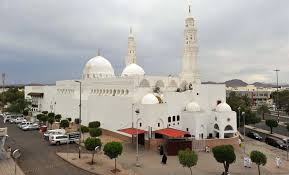
Uhud Mountain
No visit to Madinah is complete without seeing Uhud Mountain, the site of the famous Battle of Uhud. Walking around the battlefield and seeing the graves of the martyrs gave me a profound appreciation of the struggles and sacrifices of the early Muslim community. Each location felt alive with history, providing lessons in faith, perseverance, and courage.
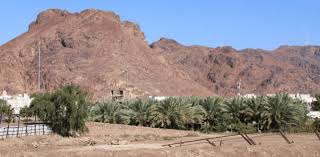
Jannat al-Baqi Cemetery
Another important visit was Jannat al-Baqi Cemetery, the resting place of many of the Prophet’s family members, companions, and prominent Islamic figures. The cemetery is simple in design, yet it radiates profound respect and history. Visiting here, I felt a quiet connection to the generations of Muslims who shaped the faith and a reminder of the transient nature of life.
My reflection
Exploring these sites in Madinah allowed me to immerse myself in Islamic history, understand the struggles and triumphs of the early Muslim community, and experience the city’s peaceful and reflective atmosphere. For me, it was a spiritual journey that complemented the intensity of Makkah, offering moments of quiet devotion, learning, and connection. Each site added a layer of understanding to my Umrah, making my stay in Madinah deeply fulfilling.
Standing in the courtyards of Al-Masjid an-Nabawi at sunset, I felt a profound sense of peace. Walking through Quba Mosque, reflecting on the change of the qiblah, climbing Uhud Mountain, and quietly visiting Jannat al-Baqi, I realized that Madinah is more than a destination—it is a sanctuary where history, devotion, and daily life converge. For any pilgrim, Umrah performer or visitor, taking the time to explore these sacred places adds immense depth to the spiritual journey, making it unforgettable.
Practical tips for visiting Madinah’s sacred sites include:
- For practical travel in Madinah, I used a combination of walking, taxis, and ride-hailing apps like Uber and Careem. The city is pedestrian-friendly near the mosque, but taxis are convenient for visiting sites farther away.
- Hotels range from luxurious five-star accommodations with Haram al Nabawi views to mid-range options, allowing worshipers to choose based on their budget and proximity to sacred sites. Staying near Al-Masjid an-Nabawi allows easy access to the mosque multiple times a day
- Best time to visit Madinah, like Makkah, is October to March, when temperatures are mild and comfortable for outdoor visits. Summers can be extremely hot, so planning around the cooler months makes the experience more enjoyable.
- Timing: Visit early in the morning or late afternoon to avoid crowds and heat.
- Transport: Walking works well near Al-Masjid an-Nabawi, but taxis or ride-hailing apps are convenient for Quba Mosque, Uhud Mountain, and other sites farther away.
- Dress Code: Modest attire is mandatory. Women should cover their hair, and men should avoid shorts in sacred areas.
- Preparation: Bring water, comfortable shoes, and a sense of patience, especially when navigating crowded areas during peak periods.
Conclusion
In summary, traveling from Makkah to Madinah is straightforward and can be adapted to your schedule, comfort, and budget. The train provides a fast and relaxing experience, buses are affordable, flights are quick, and driving offers flexibility. Once in Madinah, staying near Al-Masjid an-Nabawi allows easy access to the city’s spiritual and historical treasures, turning the journey into a seamless, meaningful pilgrimage experience.
Looking back, my Umrah trip was more than a journey—it was a transformation. Traveling to Makkah and Madinah is unlike any other travel experience in the world. It combines faith, history, culture, and community in one. Whether you’re planning your first Umrah or your tenth, each trip feels new, and each moment stays with you forever.

